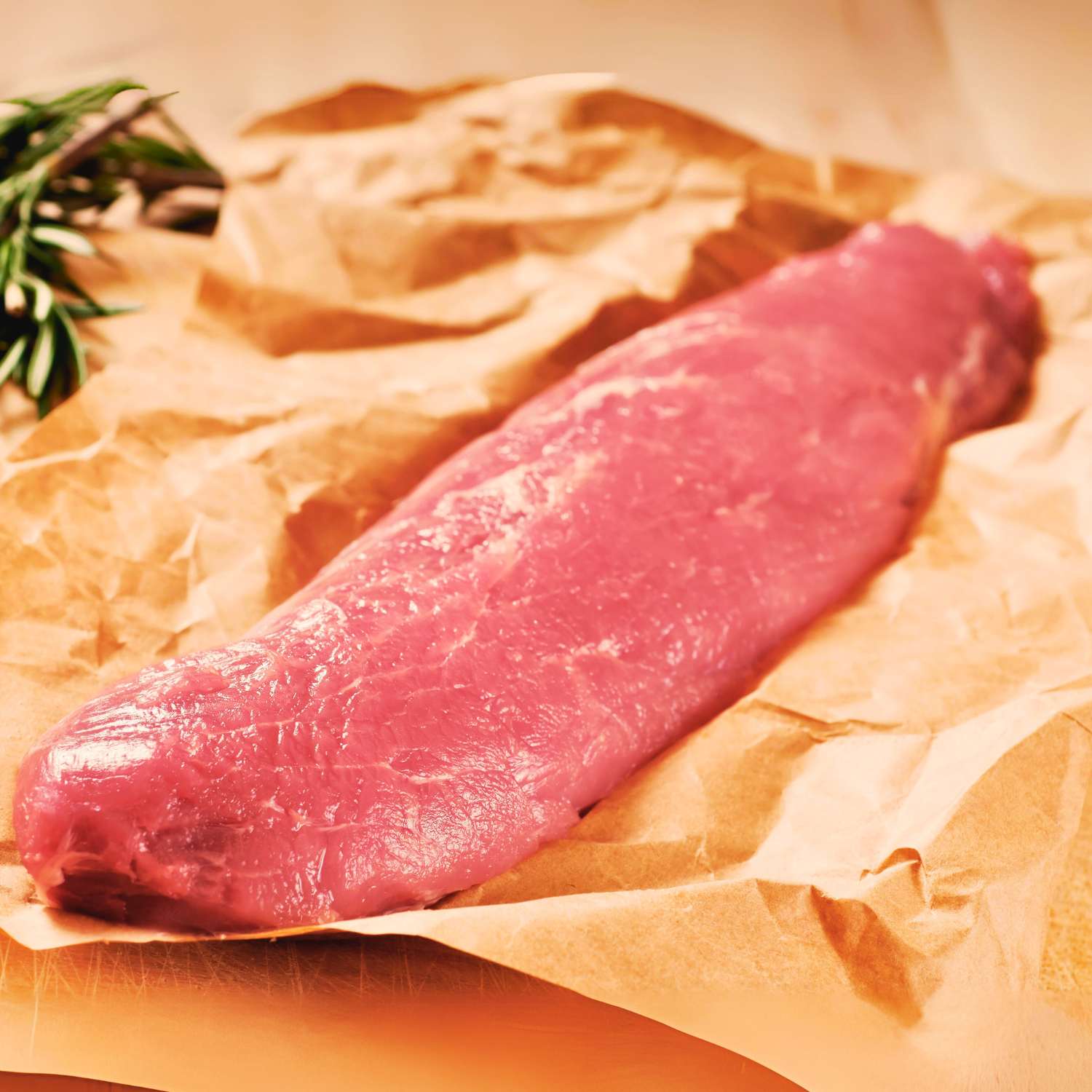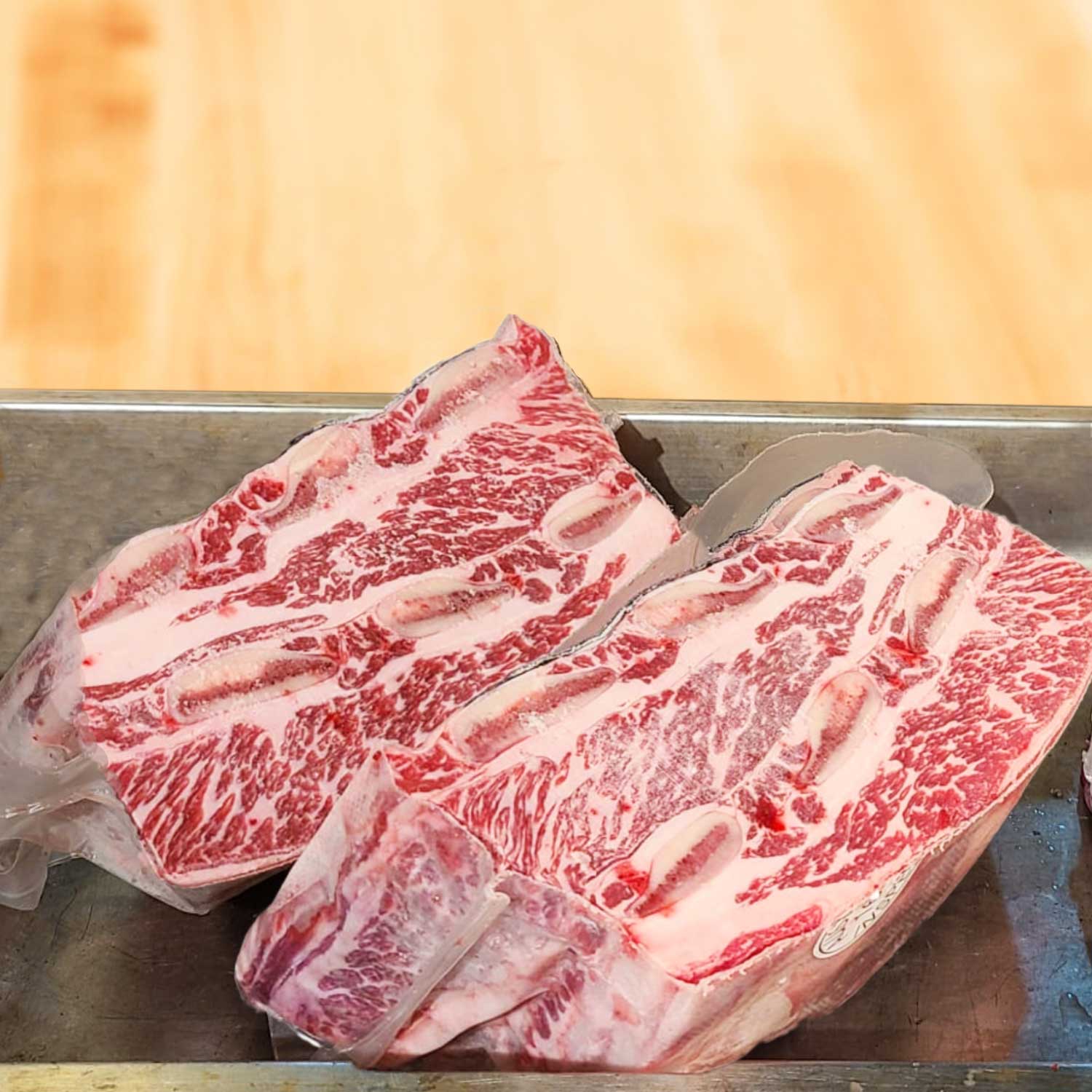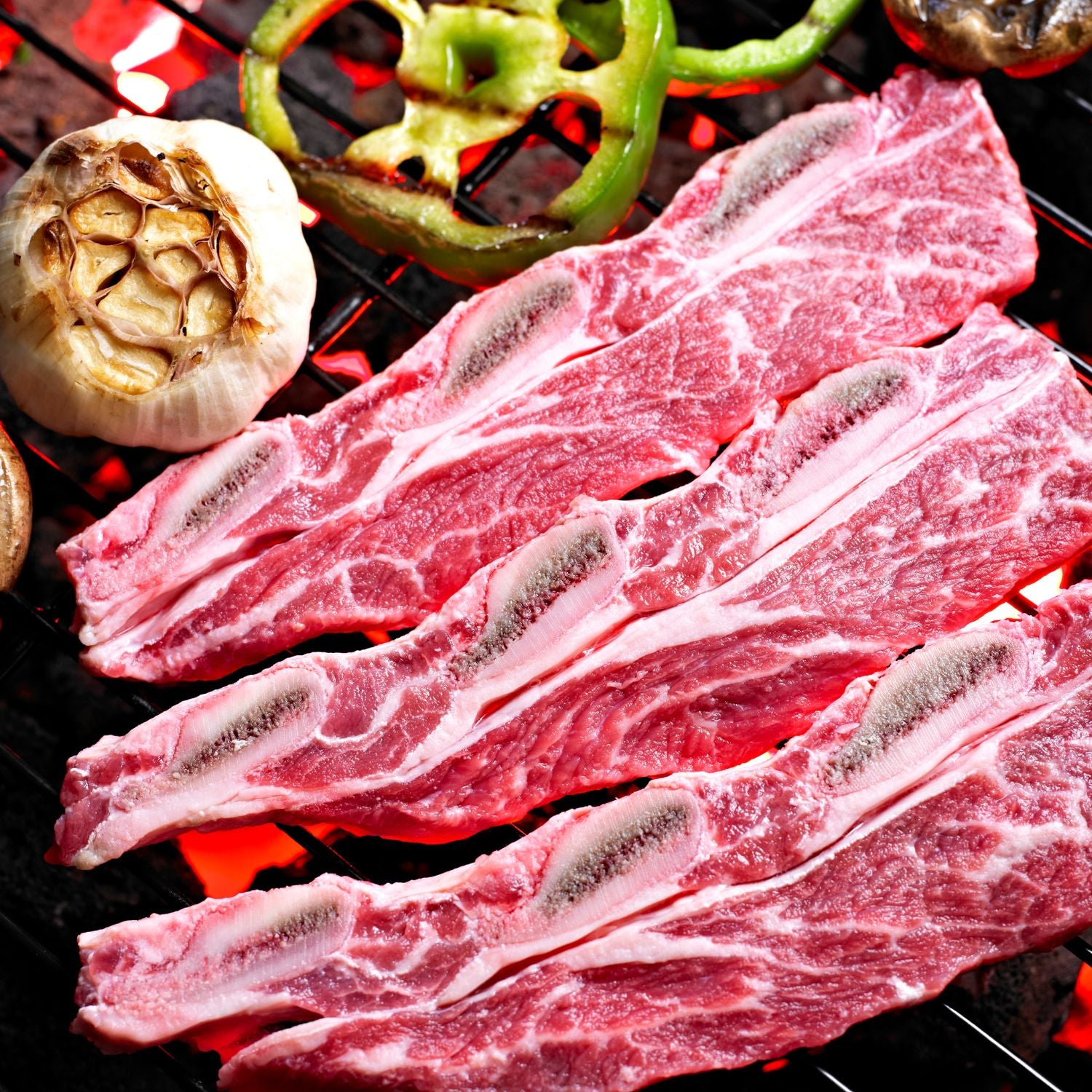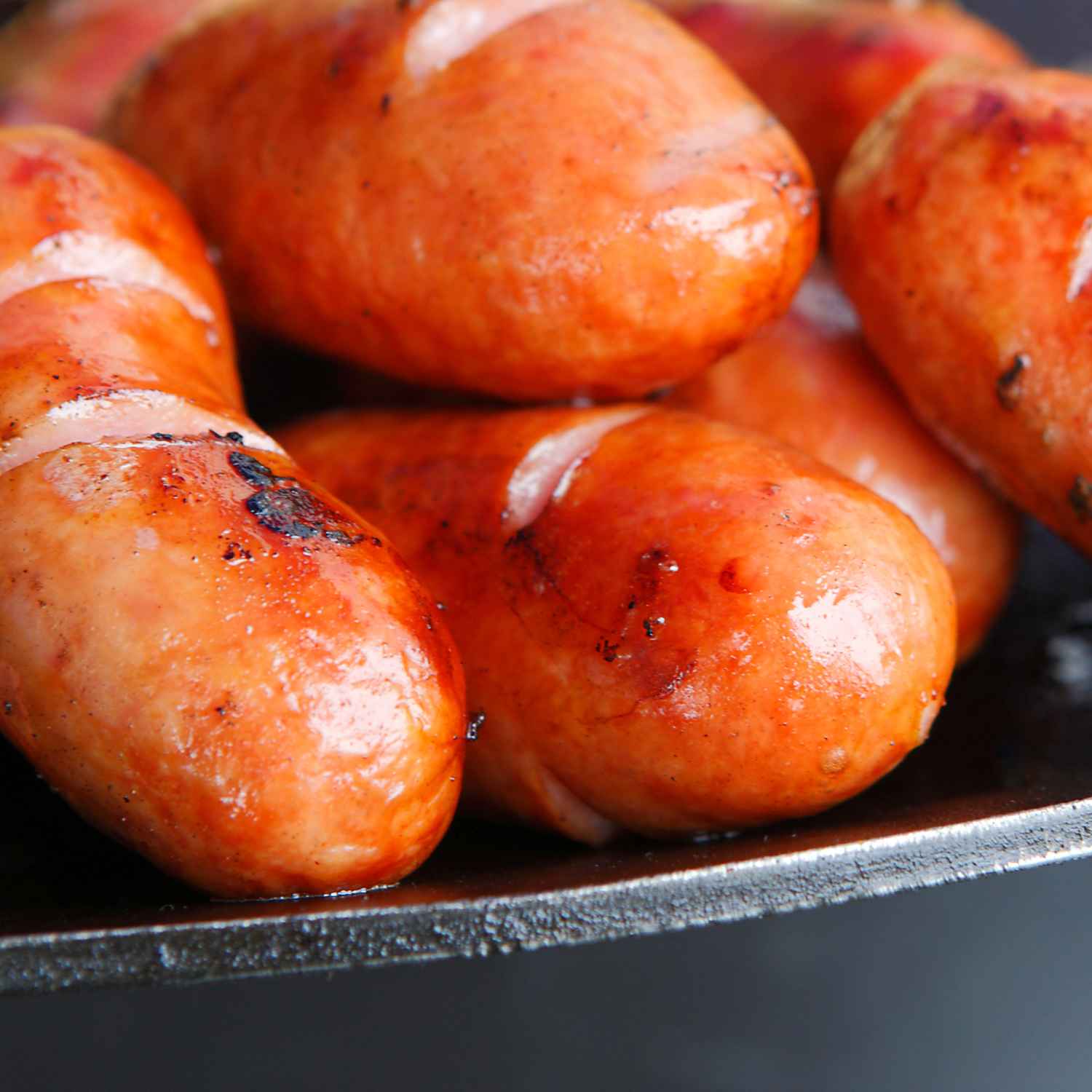The Essentials of Grass Fed Roast Beef Cooking
Understanding the Basics of Grass Fed Roast Beef
To master roast beef cooking, start with basics. First, know what makes grass fed beef special. It comes from cows that eat only grass. This diet can change the beef's flavor and how it cooks. Grass fed beef often has less fat than grain-fed beef. So, it might cook faster and need more care to stay juicy. When cooking, aim for lower heat and shorter times. Or use a meat thermometer to avoid overcooking. And remember, good grass fed roast beef starts with quality meat. So always choose fresh, well-sourced beef.

Selecting Quality Ingredients for Superior Roast Beef
When choosing ingredients for grass fed roast beef in Hong Kong, focus on quality. Look for fresh, local beef with a bright color and firm texture. It should have a clean smell. The beef should be well-marbled for best flavor. Also, pick fresh herbs and spices. They will enhance the natural taste of the beef. Quality oils and butters are important too. They add richness to the dish. Remember, good ingredients make your roast beef stand out.
The Role of Grass Feeding in Meat Quality
Grass feeding plays a crucial role in defining the quality of roast beef. Cattle that graze naturally on grass have leaner, tastier meat due to varied diets and healthier living conditions. In Hong Kong, where culinary excellence is highly prized, grass-fed beef stands out. It has a richer flavor and a better balance of omega-3 to omega-6 fatty acids compared to grain-fed beef. This makes the meat not just a delicious choice, but a healthier one too. Chefs in Hong Kong leverage this quality, using grass-fed beef to elevate their roast dishes to gourmet levels.
Advanced Techniques for Grass Fed Roast Beef Preparation
Marinades and Seasoning for an Extraordinary Roast Beef
- Choose fresh herbs and spices to bring out the meat’s natural flavors.
- Use both dry rubs and wet marinades for depth of taste.
- Balance savory, sweet, and sour elements in your marinade.
- Marinate for several hours, or overnight, to let the flavors sink in.
- Apply a light glaze during the final minutes of roasting for a glossy finish.
- Employ Hong Kong’s soy, oyster, and Hoisin sauces for a local twist.
- Consider adding a dash of Shaoxing wine or sesame oil for an authentic flavor.
Innovative Cooking Methods for Enhanced Flavor and Texture
To create a standout grass fed roast beef, explore cooking methods beyond the basic roast. Smoking can infuse deep, woodsy flavors. Sous-vide ensures even, precise cooking, locking in juices. Searing at high heat develops a rich, appetizing crust. Consider these techniques to elevate the taste and texture of your roast beef. Each method can bring out the best in grass fed beef, highlighting its natural quality. For the final touch, pair with a grill master's recipe to impress your guests.
Resting and Serving: Keys to a Perfect Roast Beef Dish
Resting and serving are vital in roast beef preparation. After cooking, let the meat rest. This helps its juices redistribute. Aim for 10 to 20 minutes resting time. Cover the beef with foil to keep it warm. Slice it thinly against the grain. Serve with sides that complement its flavor. Common options include roasted vegetables or a fresh salad. In Hong Kong, you might pair it with steamed bok choy or rice. This ensures each bite is juicy and full of flavor.
Leveraging Hong Kong's Culinary Culture in Roast Beef Cuisine
Incorporating Traditional Chinese Flavors into Roast Beef
To leverage Hong Kong's culinary culture in roast beef cuisine, one can infuse the grass fed roast beef with traditional Chinese flavors. This can be achieved through the use of signature Chinese marinades, which often include soy sauce, oyster sauce, five-spice powder, and hoisin sauce. These ingredients impart a unique savory depth that complements the natural taste of grass fed beef. Additionally, integrating ingredients such as star anise, ginger, and scallions into the roasting process can introduce a subtle Asian twist to the dish. Such fusion creates a bridge between Western and Eastern cuisines, elevating the culinary experience.
The Impact of Hong Kong's Cuisine on Grass Fed Roast Beef
Hong Kong's diverse cuisine enriches the flavor of grass fed roast beef. Local cooking styles add distinct tastes and textures to the meat. For instance, steaming in lotus leaves may infuse subtle aromas. Stir-frying can also lend a crispy edge to thinly sliced roast beef. Inclusion of soy, star anise, and ginger introduces unique flavors that blend East and West. The city's love for freshness also means chefs often use herbs straight from local markets. This practice can greatly enhance the natural taste of grass fed roast beef. The impact is a culinary experience that respects the quality of the meat while celebrating Hong Kong’s gastronomic heritage.
Creating Fusion Dishes with Grass Fed Roast Beef
To create fusion dishes with grass fed roast beef in Hong Kong, blend local spices and cooking styles. Start simple:
- Marinate beef in soy sauce, oyster sauce, and five-spice powder.
- Braise the roast with star anise and ginger to infuse Cantonese flavors.
- Serve with a side of stir-fried bok choy or atop a bed of fried rice.
- Garnish with spring onions and sesame seeds for added texture and taste.
This fusion respects both the grass-fed beef's quality and Hong Kong's vibrant food scene.

















